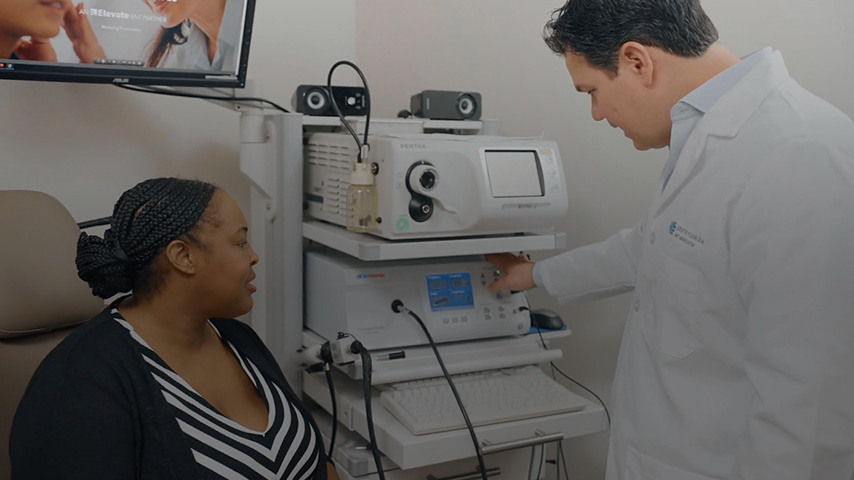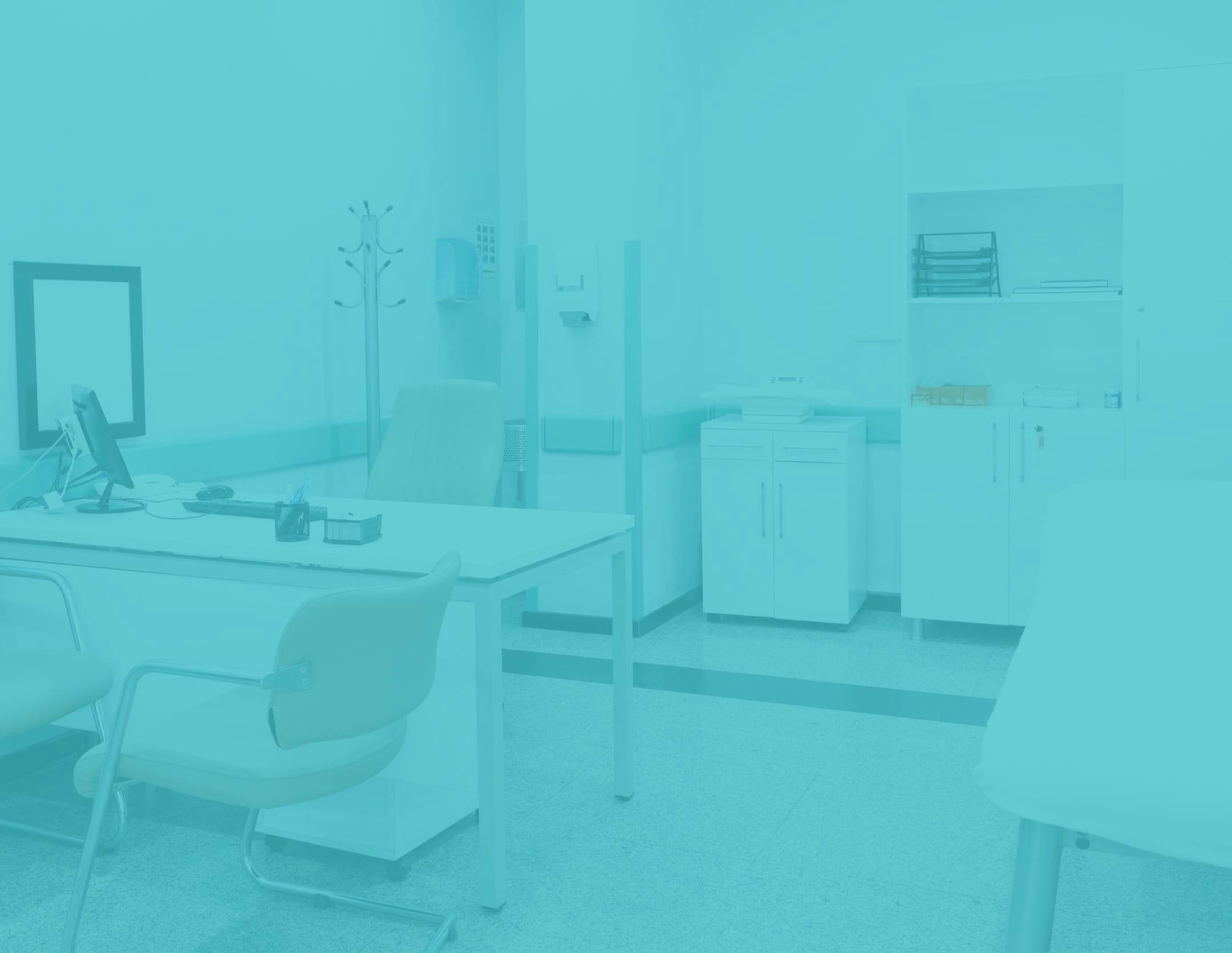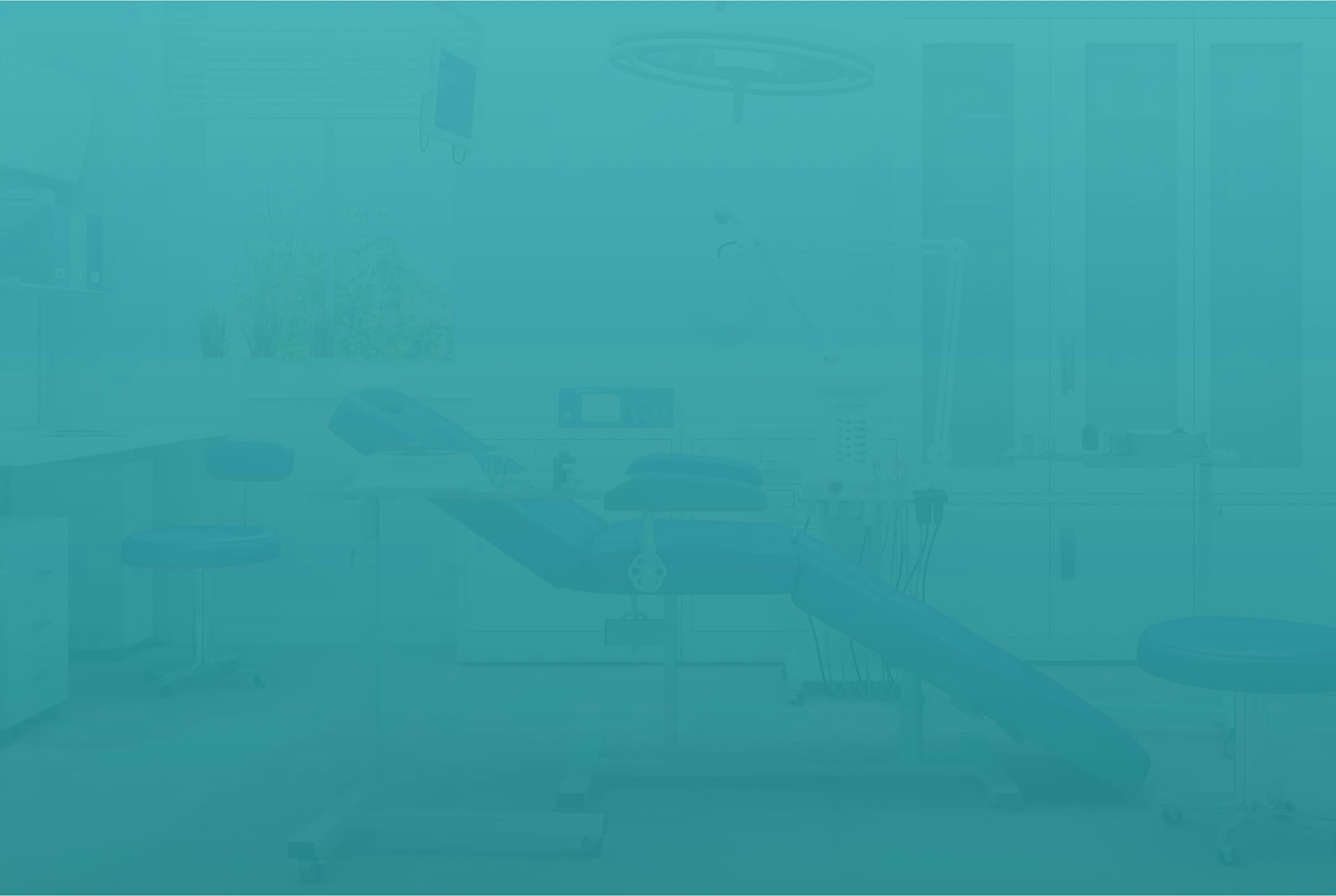RhinAer
The RhinAer procedure utilizes a device equipped with a small, flexible tube that emits low-temperature radiofrequency energy. This energy is used to disrupt the nerve fibers that trigger a stuffy, runny nose. During your RhinAer, your doctor will gently maneuver the small tube into the nasal passageway through a nostril. The tube treats the nerve fibers with radiofrequency energy which causes them to stop sending signals which trigger congestion and runny nose.
With a 96% success rate in improving the symptoms of patients, the RhinAer procedure is highly effective. It requires no downtime and allows patients to return to their typical activities and routines on the same day.
Learn More











